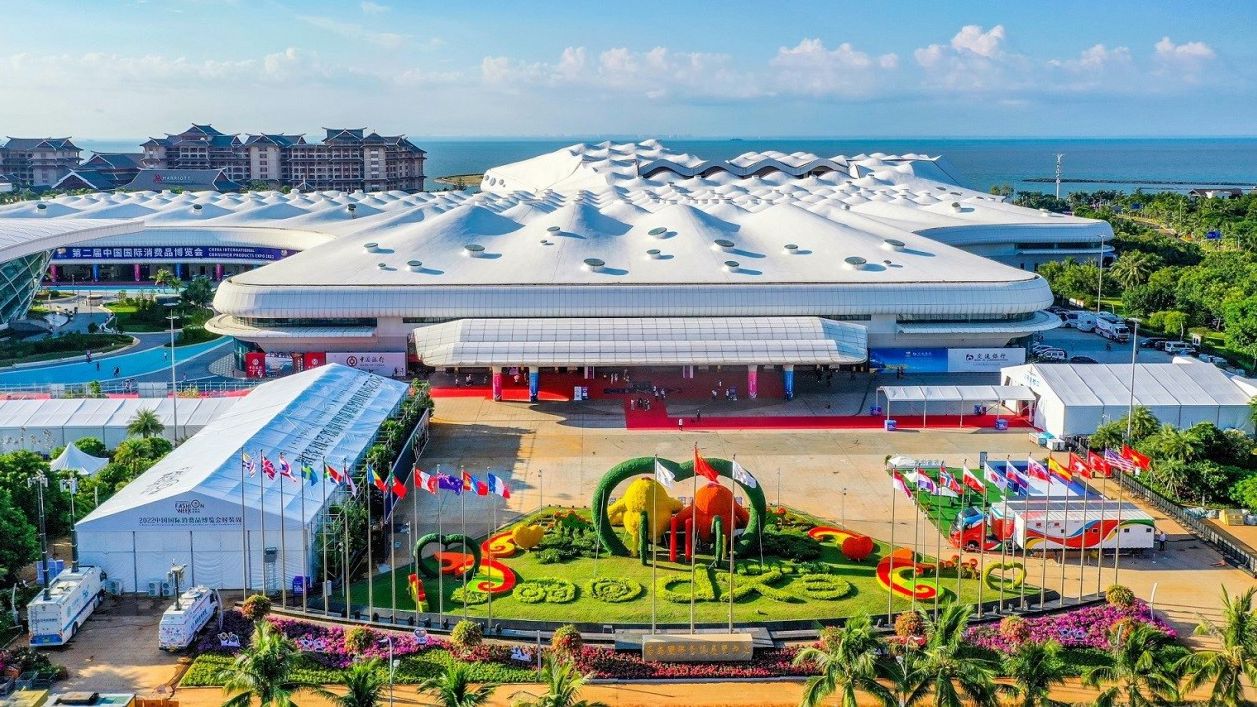Virtual power plants gain steam amid China's rising power demand
BEIJING, Aug. 7 (Xinhua) -- At a shopping mall in the heatwave-hit Jiangsu Province, customers barely felt any temperature change while the air conditioners kept readjusting their electrical load to ensure grid stability during peak hours.
This is a typical scenario where a virtual power plant works. With scorching weather lingering and economic activity picking up, virtual power plants are gathering steam in China as it seeks solutions to the increasing power demand.
HOW IT WORKS
"A virtual power plant is not really for generating electricity, but a system for managing energy," said Yang Kun, executive president of the China Electricity Council.
"Installed in heavy consumers such as factories, it controls electrical appliances, including air conditioners and lights. Without affecting normal operation, it helps maintain the balance of electrical supply and demand through accurate power management," Yang said.
Traditionally, a city would build more power plants to solve power strain. Although able to increase peak-hour supply, the expanded capacity may stay idle during off-peak hours, which are much longer.
A virtual power plant, in comparison, aims at cutting the usage of electricity when supply is insufficient, thereby stabilizing electric operation on the demand side.
Yang added that virtual power plants can also play a vital part in China's green energy shift. They facilitate the distributed energy resources interconnection and maximize the utilization of renewable electricity, amid national efforts to boost the clean, low-carbon grid transformation.
China set about piloting virtual power plants in the 2016-2020 period and has put continued efforts in promoting the utilization. For instance, Shanghai has launched a project linking commercial buildings around its bustling city center. The State Grid's Hebei subsidiary put a similar program into operation in 2019 to shore up the grid system for the Beijing Winter Olympics.
WHAT TO EXPECT
Although at a preliminary stage of development, virtual power plants are expected to enjoy opportunities from China's carbon-cutting goals and thriving renewable energy industry, said Wang Peng, a researcher with North China Electric Power University.
China has announced that it will strive to peak carbon dioxide emissions by 2030 and achieve carbon neutrality by 2060.
In Yang's viewpoint, virtual power plants will benefit from the rapid development of distributed battery, electric vehicle, energy storage and microgrid in the country. By aggregating these resources, virtual power plants can get both factories and citizens involved in building an energy-sharing network.
Policy incentives have also fallen into place. In its action plan for peaking carbon dioxide emissions by 2030, the country vows to improve the "comprehensive adjustment capability of electricity system" and encourage the participation of virtual power plants in systemic power adjustment.
Earlier this year, the development of virtual power plants was incorporated into the country's five-year plan for building a modern energy system. It is also featured in the energy development outlines as well as carbon-neutrality schemes of over 10 provincial-level regions, including Beijing, Tianjin and Shanghai.
Photos
Related Stories
- China's electricity use mirrors economic recovery
- China's power consumption likely to rise 5-6 pct in 2022
- Italy inaugurates 1st offshore wind farm with Chinese expertise
- In pics: maintenance work of power transmission project in Lujiang, east China
- "Power highways" in E China
- 110MV solar power station built up on fishing farm
- China's first GW-level offshore wind farm starts power generation
- Special coal transportation trains expected to ease power crunch
- Working on a telecommunications tower: Watching over the wider world at another level
- Power transmission and transformation project under construction in deep mountains in Anhui
Copyright © 2022 People's Daily Online. All Rights Reserved.









